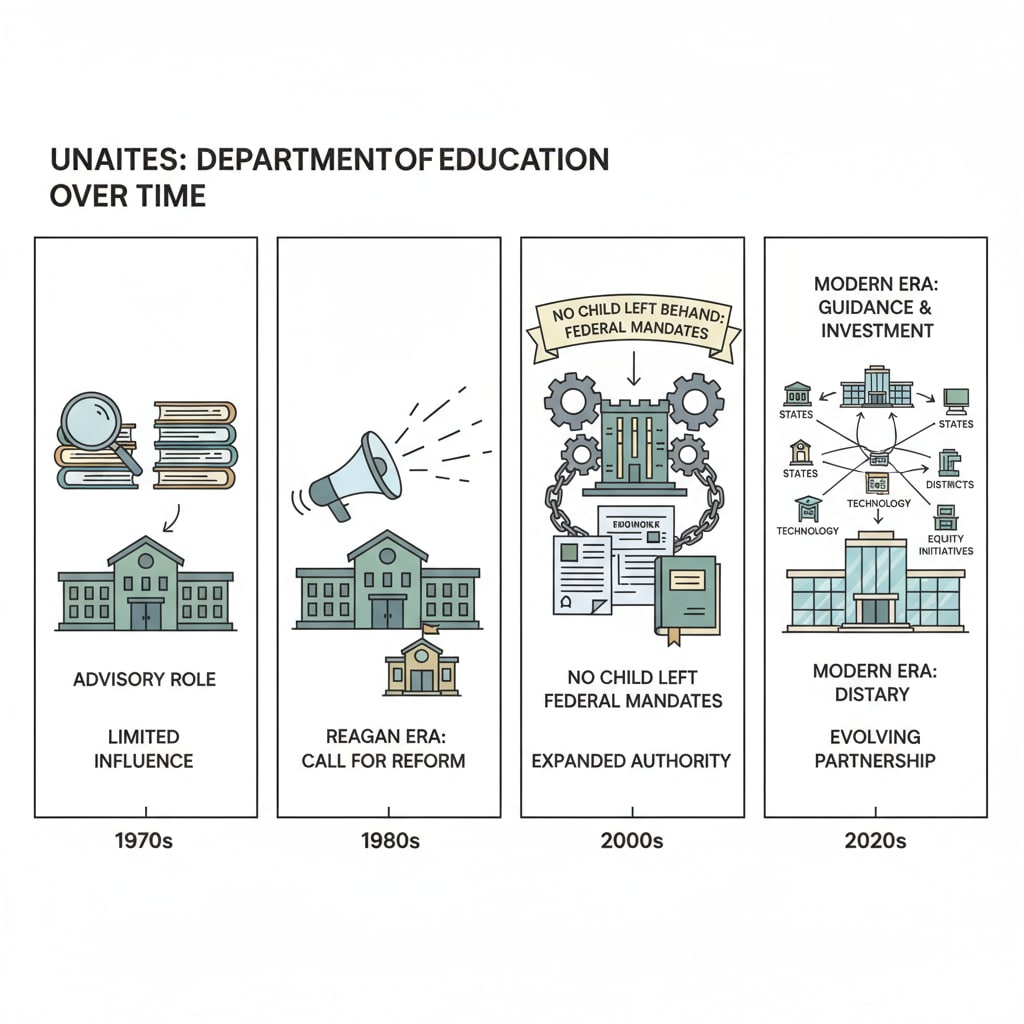The Trump administration brought about notable education reforms that significantly impacted the US K12 education system. These initiatives touched on various aspects, from the power dynamics within the Department of Education to the concept of school choice.

Reduction of the Department of Education’s Power
One of the key aspects of Trump’s education policy was the attempt to scale back the power of the Department of Education. The administration believed that a more decentralized approach would lead to better educational outcomes. By reducing federal intervention, states and local districts would have more autonomy in making educational decisions. For example, there were efforts to cut certain federal education programs that were seen as overly prescriptive. This shift aimed to give schools and districts the freedom to tailor their curricula and teaching methods to the specific needs of their students. United States Department of Education on Wikipedia

The Push for School Choice
Another significant reform measure was the promotion of school choice. The Trump administration advocated for policies that would allow parents more options in choosing the schools their children attend. This included support for charter schools and school voucher programs. Charter schools, which operate with more flexibility than traditional public schools, were seen as a way to introduce competition and innovation into the education system. School vouchers, on the other hand, provided parents with financial assistance to send their children to private schools. These initiatives were intended to give families more control over their children’s education and potentially improve educational quality. School Choice on Britannica
Redefining the Federal Role in Education was also a crucial part of the Trump administration’s education agenda. Instead of being a dominant force dictating educational policies across the nation, the federal government aimed to take on a more supportive role. This involved providing resources and guidance to states and localities while allowing them the space to develop and implement their own education strategies. This new approach was expected to foster a more diverse and effective education system across the United States.
Readability guidance: The article uses short paragraphs to clearly present ideas. Each section focuses on a key reform aspect. Lists could be further developed in future expansions. Passive voice is minimized, and transition words like ‘Another’ and ‘also’ are used to connect different ideas smoothly.


